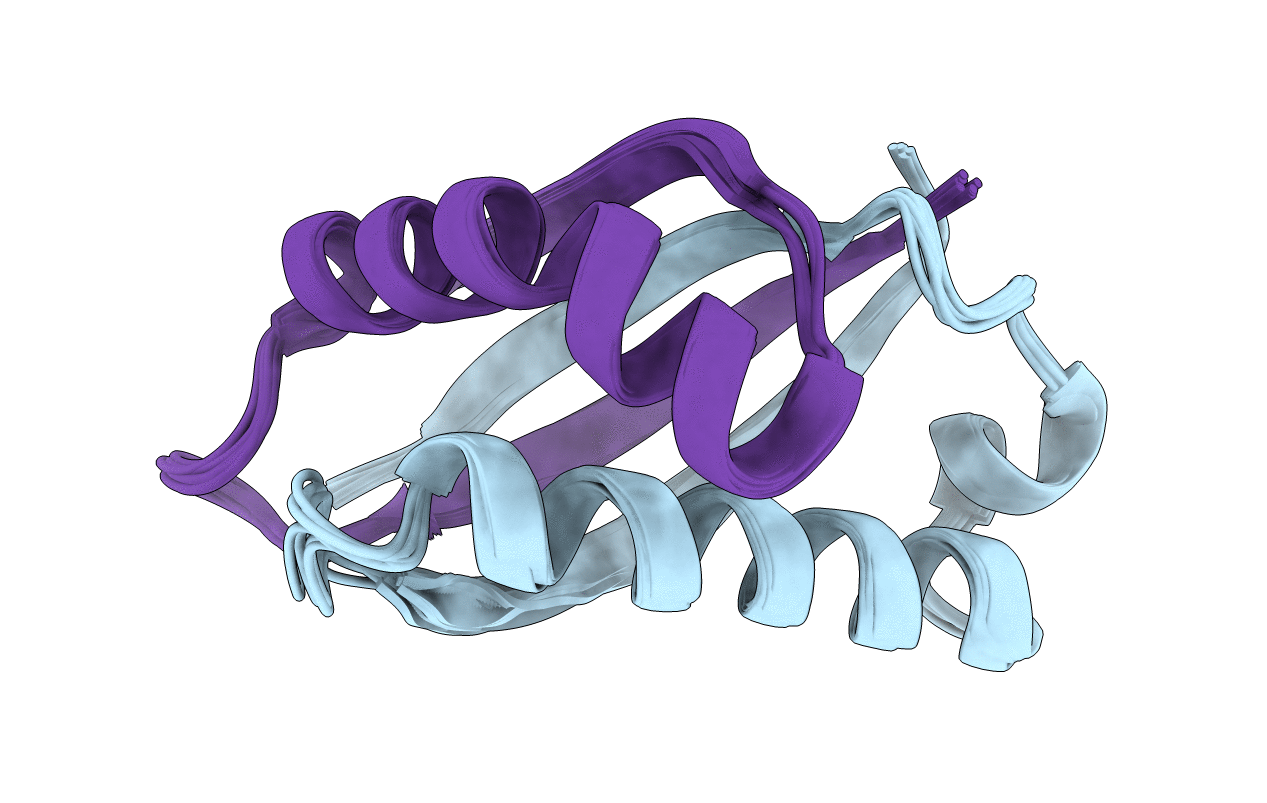
Deposition Date
2005-07-19
Release Date
2006-01-17
Last Version Date
2024-05-29
Entry Detail
PDB ID:
2ACM
Keywords:
Title:
Solution structure of the SEA domain of human mucin 1 (MUC1)
Biological Source:
Source Organism:
Homo sapiens (Taxon ID: 9606)
Host Organism:
Method Details:
Experimental Method:
Conformers Calculated:
100
Conformers Submitted:
15
Selection Criteria:
structures with acceptable covalent geometry, structures with the least restraint violations


